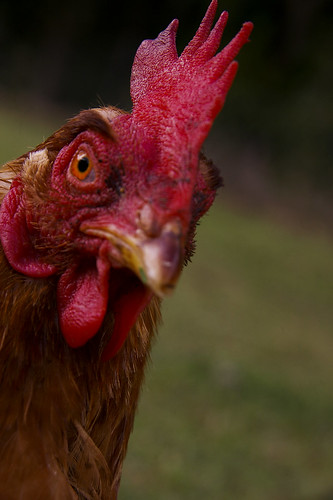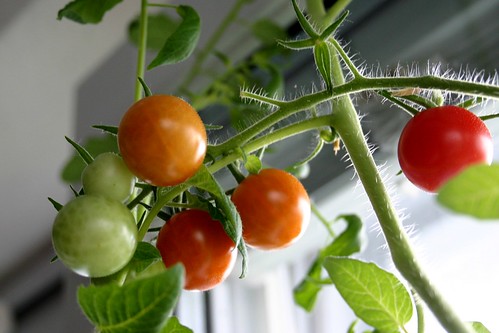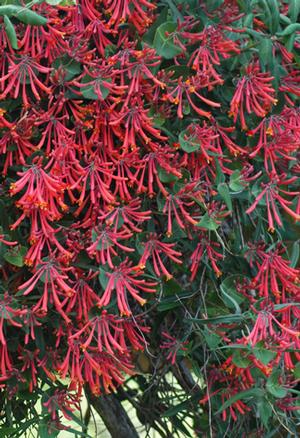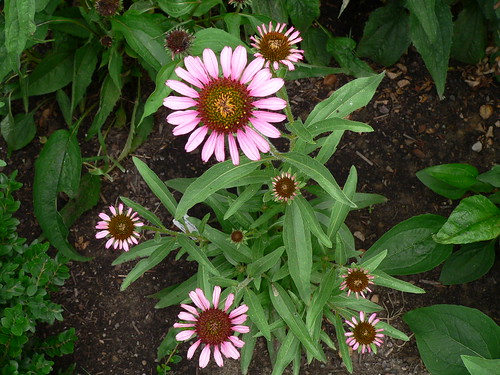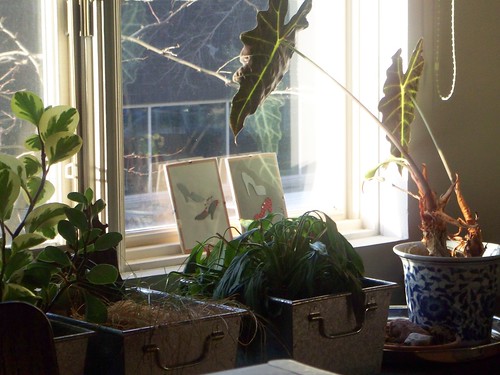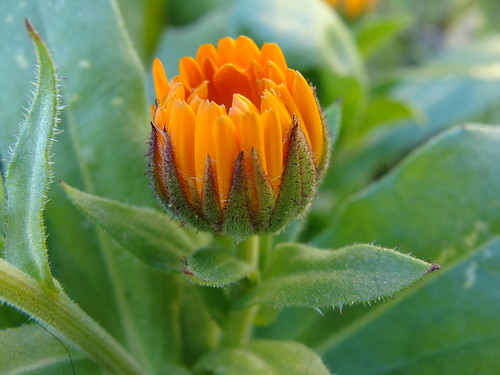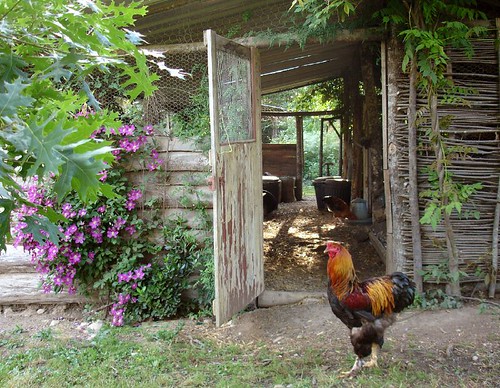
With the prevalence of the Lyme tick or any tick, I often wished I had some chickens in my yard. Chickens peck about in the grass for insects. I thought how darling they would look in my yard- a return to nature and a decoration for the yard as well as their cleaning the yard of bad insects. But it was just one of many dreams I have. I didn’t know if my township allowed chickens.
Then I attended a conference in Arkansas and heard P. Allen Smith give a talk about gardens. He said that in England famous gardeners always had chickens in their gardens. These chickens were housed in fancy chicken coops as added interest to the garden. So when P.Allen Smith built his summer home, he created a chicken coop that I think was built like a Greek Revival miniature house. It was charming. Again I wished…..
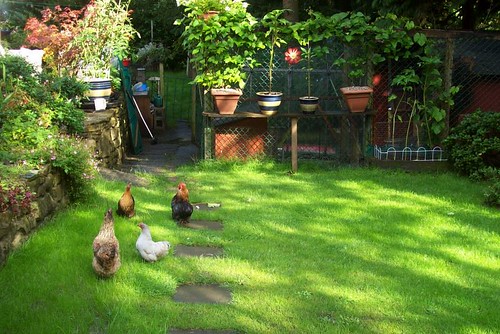
Later when a friend said she was putting in a few chickens in her garden, I was really envious. She wasn’t sure if her area allowed chickens, but the neighbors didn’t object so she bought them. She bought a funky brilliantly colored chicken coop that made me think of a tent. The chickens seemed to be backpacker chickens.
Then, in the September 28, 2009 issue of the New Yorker, there was an article about chickens being the newest craze. The article is “The It Bird – The return of the back-yard chicken” by Susan Orlean. This fun to read article talks about all the “online chicken groups and websites- such as Chickens 101, Housechicken, Yardpoultry, My Pet Chicken” etc. plus a BackyardChickens.com forum.
She writes that TreeHugger.com speaks of raising chickens in the back yard as being the new movement in North America with many magazines on chickens now available and guides that will advise you on how to “chanllenge anti-chicken ordinances” in your town. Readers in Hawaii where roosters run rampant and others who read this post, be careful that you don’t bring in roosters that will crow and wake you and the neighborhood up too early. Apparently “there is a petition currently circulating urging the Obamas to add a chicken flock to the White House Garden.”
ThisGardenLady would love to see chickens in her back yard. But until the chickens learn to completely care for themselves- and that includes fending off the fox or coyote in the neighborhood, she will leave this pretty addition to seeing it in someone else’s garden.
If you decide to decorate your garden with chickens, where can you buy them and other fowl? You don’t have to buy the common types that I grew up with. In the United states you can now buy rare-breed poultry at McMurray Hatchery that bills itself as the largest rare – breed poultry hatchery in the world.


